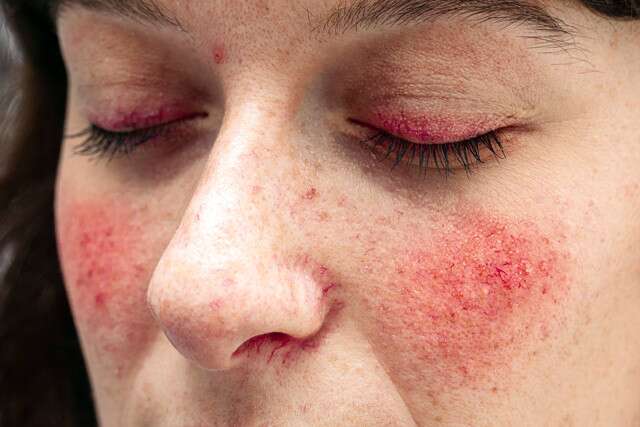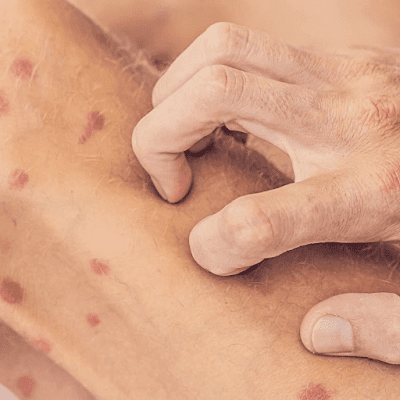Research shows a surge in cervical cancer among women
The incidence of cervical cancer among women between the ages of 25 and 29 has grown by 51% during the early 2000s, according to research published in The Lancet. The study also discovered a 21% rise in rates among women aged 30-34.
The rise in rates is thought to be due to the declining use of the HPV vaccine among young women. The HPV vaccine is most effective for girls aged 11-12 years before becoming sexually active. The study’s authors say that the findings highlight the need for efforts to increase HPV vaccination rates and screening for cervical cancer.
Cervical cancer is one of the most dangerous cancers among women. With no symptoms, early detection and treatment are crucial to prevent death. Most cervical cancer cases are caused by a human papillomavirus infection, which is typically sexually transmitted. More than half of all sexually active people will have HPV at some point in their lives, with most never developing signs or symptoms from the virus and nearly all cervical cancers being caused by high-risk strains of HPV that can be prevented through vaccination.
The human papillomavirus has been linked to as many as 99% of all cases of cervical cancer according to current studies across 48 countries.
Cervical cancer symptoms
Cervical cancer symptoms include abnormal vaginal bleeding, abnormal discharge from the vagina, and urinary tract infections. The most common symptom of cervical cancer is abnormal cervical cells that produce thick or dark blood. These cells are also commonly found in the cervix and other organs such as the endometrial lining of the uterus. Other symptoms may include pain during intercourse, pelvic pressure, bladder problems, and infertility issues. There are two types of cervical cancer: squamous cell carcinoma (malignant tumors that form on the squamous cells) and adenocarcinoma (malignant tumors that form on the glands).
If you have abnormal cells in your cervix, you should seek professional medical advice to determine if it is cervical cancer. The abnormal cells in your cervix are called cervical intraepithelial neoplasia (CIN). CIN can be mild, moderate, or severe. When only a few of the cells in your cervix are abnormal, CIN is referred to as low-grade. When most of the cells in your cervix are abnormal, CIN is referred to as high-grade. The severity of the grade depends on how many cells have changed. If a large proportion of the cells have changed to abnormal, CIN is referred to as invasive. Cervical epithelial dysplasia (CED), or cervical intra-epithelial neoplasia grade 3, results in slow or no healing of the cervical tissue.
Cervical cancer affects regardless
Cervical cancer affects all women, regardless of ethnicity or socioeconomic status. The rates of cervical cancer are higher in developing countries and among ethnic minority women in developed countries. This is due to the lack of access to Pap testing and HPV vaccination. In 2015, there were 4,213 new cases of invasive cervical cancer diagnosed in the US and more than 3,000 deaths from this condition. About 12% of these cases occurred among Hispanic/Latino women; 80% occurred among non-Hispanic white women, and the remaining cases occurred among other ethnicities. The rate of cervical cancer in developing countries is estimated to be about 27% (4,300 deaths) among women 15-49 years old. In contrast, the rate of cervical cancer in developed countries is estimated to be 0.1%. There are two primary types of HPV: low-risk and high-risk types. Low-risk HPVs may cause genital warts or a mild, associated with cervical cancer of the uterine cervix in women. Although HPV 16 and 18 are typically sexually transmitted from men to women through vaginal intercourse, they can also be transmitted from mother to child during childbirth or through contamination of non-intact skin (dermatitis). In contrast, HPV transient infection. High-risk HPVs lead to cancer of the vulva, vagina, penis, anus, and oropharynx. HPV types 16 and 18 are high-risk types that have been associated with cervical cancer of the uterine cervix in women.
Although HPV 16 and 18 are typically sexually transmitted from men to women through vaginal intercourse, they can also be transmitted from mother to child during childbirth or through contamination of non-intact skin (dermatitis).HPV types 6 and 11HPV types 6 and 11 are low-risk oncoproteins that have been associated with squamous cell carcinoma of the head, neck, anogenital area, and vul Unsafe





























.jpg)

